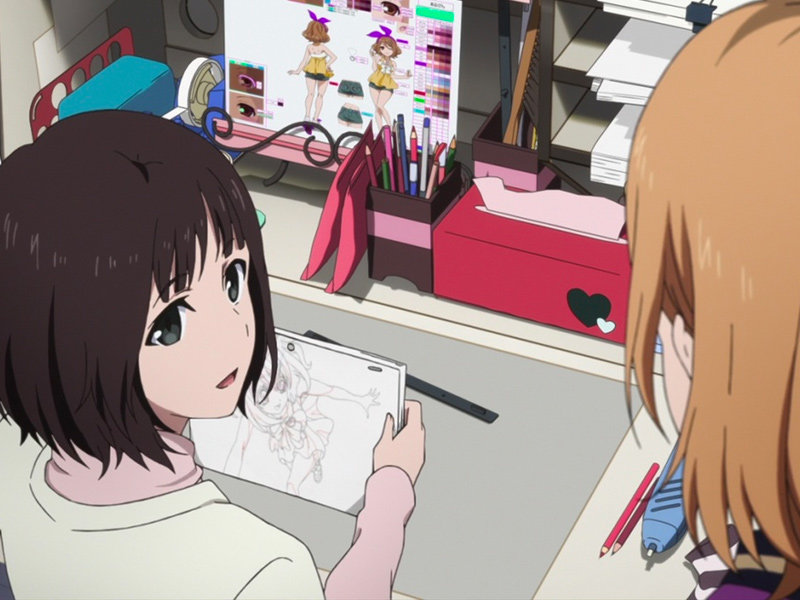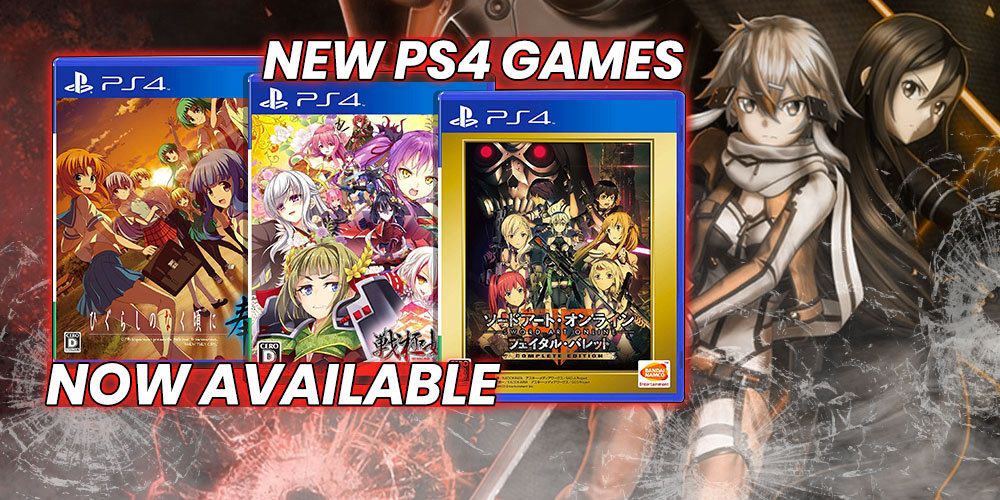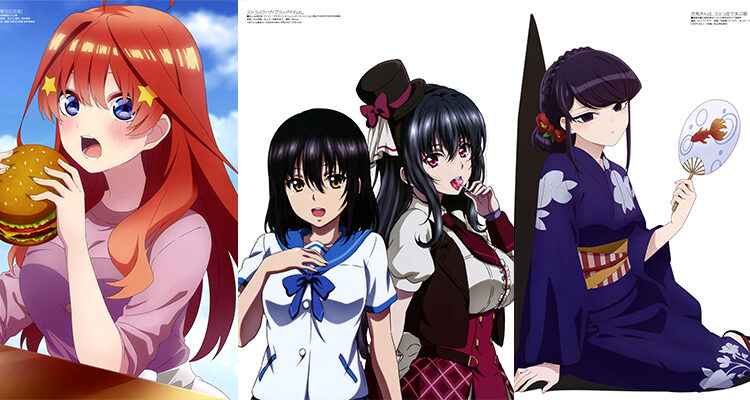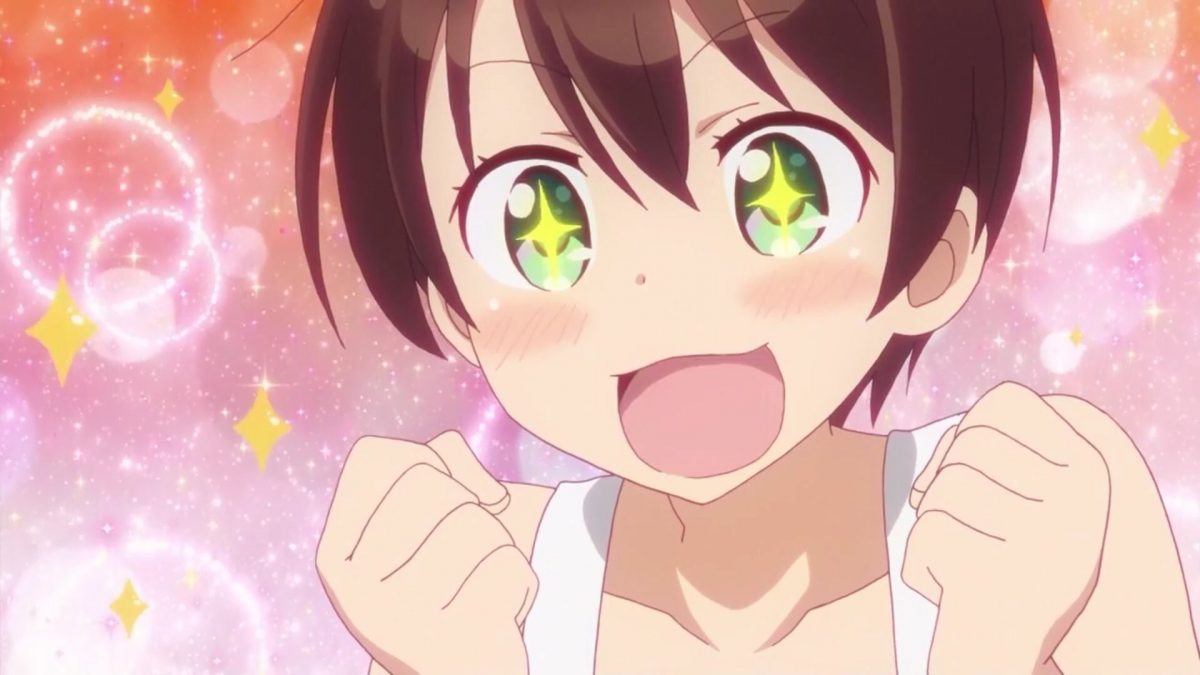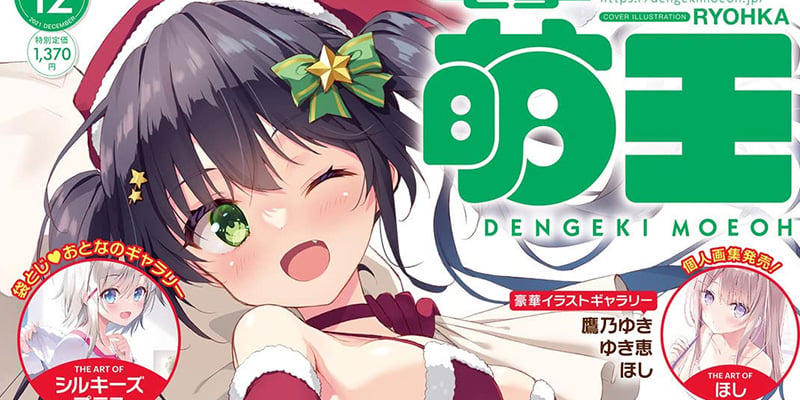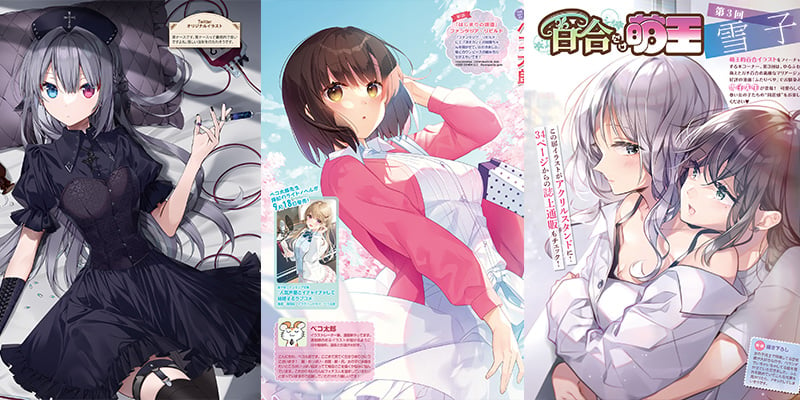One question that comes up on social media a lot is, how do you define anime? What is and isn’t covered under the term in your personal dictionary?
Definitions for words are interesting to observe, and they differ from place to place due to regional dialects, age, social dynamics, and so on. When J-List attends conventions in Southern California, we load our boxes onto wooden platforms which we call “palettes” in our local dialect, but if we drive just 450 miles north to San Jose, we know the word the locals will use for the same objects is “skids.” In the U.S. we have region-specific words for referring to carbonated drinks, with different parts of the country using soda, pop, Coke and soft drinks. (I’ve always been part of the latter group.)
I’m reasonably sure that most of us would agree that the term anime refers to animation made in Japan, or made in Asia based on original manga/light novel/game works released in Japan. But nothing is ever quite so simple. Let’s look at some different ways we define anime…
- What about games that are identical in style to anime, but are games, not animation? Is Touhou an “anime” just because it’s usually found under the same cultural umbrella? Similar debates can be made about original characters like Vocaloid, though most would consider them a separate group.
- What about Western animation that’s been highly influenced by anime? Are the Power Puff Girls or Teen Titans or Avatar: The Last Airbender “anime”? To my mind, definitely not. They’re modern American animation that is obviously influenced by anime, but isn’t anime per se.
- When I post anime images or animated GIFs to J-List’s Twitter account, I generally report what anime it’s from. Sometimes people call me out, saying, “That’s not an anime, it’s a hentai,” as if the two were completely separate things. Some followers even draw strict distinctions between anime, ecchi and hentai, as if they were three completely unrelated groupings. Personally I consider all animation from Japan to be anime, a category that contains various sub-sets, such as sports, romantic comedy, science fiction, giant robot, plus ecchi and hentai. But apparently not everyone agrees to define anime the same as me…
- Then there’s the ongoing debate about whether 100% CGI animation should be grouped under the “anime” label. As I wrote in a recent blog post on the subject, I believe fans would have less issue with CGI animation if it were treated as an entirely new thing, like Toy Story was totally different from traditional Disney animation of its era. I will personally try to always differentiate “anime” (2D animation) from “CGI animation” going forward.
Interestingly, and frustratingly, Japan’s own use of the word “anime” refers to all animation, period. They regularly call everything from Power Puff Girls to Frozen to Mickey Mouse “anime,” causing any Western fans who might be listening to cringe. And even stranger, when they’re not calling all animation “anime” they’re calling it “manga.” Before the term anime was coined around 1978, both comic books and animation on TV were referred to the label “manga.” My wife, who is of that generation, will still sometimes inadvertently ask that I show her the newest episode of “manga” we’re watching on TV the other day, making me smile at her slightly archaic usage.
So how do you define anime? And how do you feel about debates about whether this form of media or that is covered by the term? Tell us on Twitter!
There’s nothing quite like playing awesome anime games with your favorite characters, and J-List stocks a lot of fun region-free anime games from Japan, including lots of games for Sony PS4 plus the Nintendo Switch. You should totally browse them all now!


